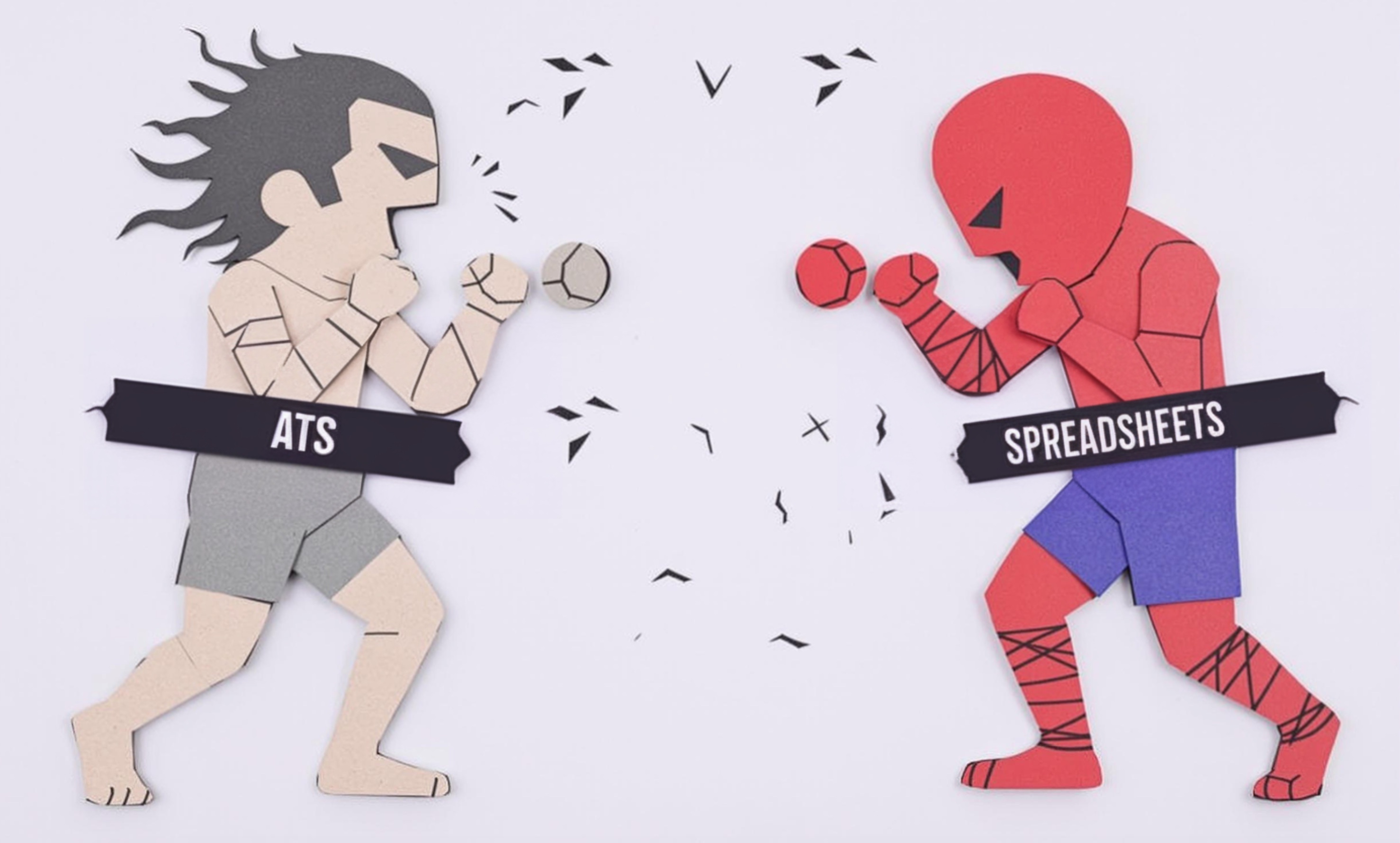
Script Format
Script Format refers to the standard way of laying out scripts for films, TV shows, or theater productions. It's like a universal template that helps everyone in the entertainment industry read and understand scripts easily. When someone mentions Script Format on their resume, it means they know how to present written content in the professional way that producers, directors, and other industry professionals expect. This includes proper spacing, margins, scene descriptions, dialogue formatting, and other industry-standard elements that make scripts readable and production-ready.
Examples in Resumes
Formatted over 50 television episodes using proper Script Format standards
Trained junior writers in Screenplay Format and industry standards
Converted stage plays to proper Script Format for television adaptation
Typical job title: "Scriptwriters"
Also try searching for:
Where to Find Scriptwriters
Online Communities
Job Boards
Professional Networks
Example Interview Questions
Senior Level Questions
Q: How would you handle coordinating script formats across multiple episodes of a TV series?
Expected Answer: A senior writer should discuss maintaining consistency in character descriptions, scene headings, and formatting across episodes, plus mention experience with script management software and collaboration with multiple writers.
Q: What process do you use to review and correct formatting issues in other writers' scripts?
Expected Answer: Should explain their review process, common formatting mistakes to look for, and how they maintain diplomatic relationships while providing formatting corrections to other writers.
Mid Level Questions
Q: What are the key differences between TV, film, and theater script formats?
Expected Answer: Should be able to explain the main formatting differences between mediums, such as act structures, scene headings, and dialogue layout differences.
Q: How do you handle special formatting for montages and parallel action scenes?
Expected Answer: Should demonstrate knowledge of complex formatting scenarios and how to clearly present simultaneous actions or sequence of events.
Junior Level Questions
Q: What are the basic elements of proper script format?
Expected Answer: Should be able to list basic elements like scene headings, action descriptions, character names, dialogue, and proper margins.
Q: What software do you use for script formatting and why?
Expected Answer: Should be familiar with common screenwriting software like Final Draft or Celtx and understand their basic formatting features.
Experience Level Indicators
Junior (0-2 years)
- Basic script formatting rules
- Use of standard screenwriting software
- Understanding of scene headings and dialogue layout
- Basic revision and proofreading skills
Mid (2-5 years)
- Advanced formatting for complex scenes
- Multiple format adaptations
- Efficient formatting workflow
- Script coordination experience
Senior (5+ years)
- Managing script formats for large projects
- Training others in proper formatting
- Creating formatting style guides
- Troubleshooting complex formatting issues
Red Flags to Watch For
- Unfamiliarity with industry-standard script formatting software
- Inconsistent formatting in writing samples
- No knowledge of different format requirements for various mediums
- Unable to explain basic formatting rules
Related Terms
Need more hiring wisdom? Check these out...

Rewiring Your Interview Templates for Better Candidate Experience

Why Your Hiring Spreadsheets Are Secretly Sabotaging Your Recruitment

Speak Their Language: How Localized Job Descriptions Unlock Regional Talent

